
Gypsum as a soil amendment for salinity and sodicity management
Gypsum, also known as calcium sulfate dihydrate, is a naturally occurring mineral has been used as soil amendment for centuries. It has been shown to be effective in managing salinity and sodicity in soils. making it a valuable tool for farmers and gardeners alike. In this article, we will explore how gypsum works as soil amendment, its benefits, and how it can be applied.
Soil Salinity and sodicity reasons
Salinity and sodicity are two common problems in agricultural soils. Salinity is caused by an accumulation of salts in soil, while sodicity is caused by an excess of sodium ions. Both of these problems can lead to poor soil structure, reduced water infiltration, and decreased plant growth. Gypsum is effective in managing these problems. because it can improve soil structure and reduce the negative effects of salt and sodium ions.
How can gypsum benefits soil?
One of the main benefits of gypsum is its ability to improve soil structure. Gypsum particles are able to bind with soil particles, creating larger aggregates. that are more stable and less prone to erosion. This improved structure can lead to better water infiltration, increased soil porosity, and improved root growth. In addition, the binding of gypsum with soil particles can help to reduce soil crusting. which can lead to improved seedling emergence and reduced soil erosion.
Gypsum can also be effective in managing salinity in soils. When salts are present in the soil, they can interfere with the uptake of water and nutrients by plant roots. Gypsum can help to reduce the negative effects of salts by replacing sodium ions with calcium ions in the soil. This process is known as ion exchange. and it can help to improve soil structure and reduce the negative effects of salts on plant growth.
In addition to managing salinity, gypsum can also be effective in managing sodicity in soils. Excess sodium ions in the soil can lead to a breakdown in soil structure. which can make it difficult for plants to grow. Gypsum can help to replace sodium ions with calcium ions in the soil. which can improve soil structure and reduce the negative effects of sodicity on plant growth.
Gypsum application ways to the soil:
There are several ways to apply gypsum to soil. One of the most common methods is to broadcast it over soil surface and then incorporate it into the soil. This can be done with a rotary tiller or similar implement. Another method is to apply gypsum directly to the planting hole or furrow when planting seeds or transplants. This can be especially effective in managing salt and sodicity problems in localized areas.
It is important to note that gypsum should be used in conjunction with other soil management practices. such as proper irrigation and fertilization, to ensure the best results. In addition, it is important to test the soil before applying gypsum to determine the appropriate amount to use. Too much gypsum can lead to negative effects on soil structure and plant growth.
In conclusion, gypsum is a valuable tool for managing salinity and sodicity in soils. Its ability to improve soil structure and replace sodium ions with calcium ions can lead to improved plant growth. and reduced negative effects on soil health. While gypsum can be effective on its own. it should be used in conjunction with other soil management practices to ensure the best results. By understanding how gypsum works as a soil amendment and how to apply it. farmers and gardeners can improve the health and productivity of their soils.

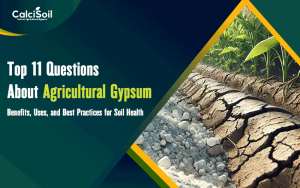
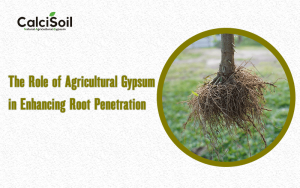
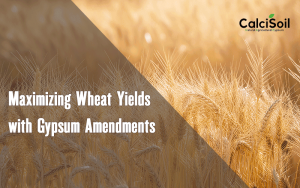

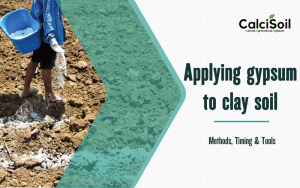
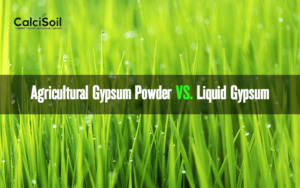


5 Responses